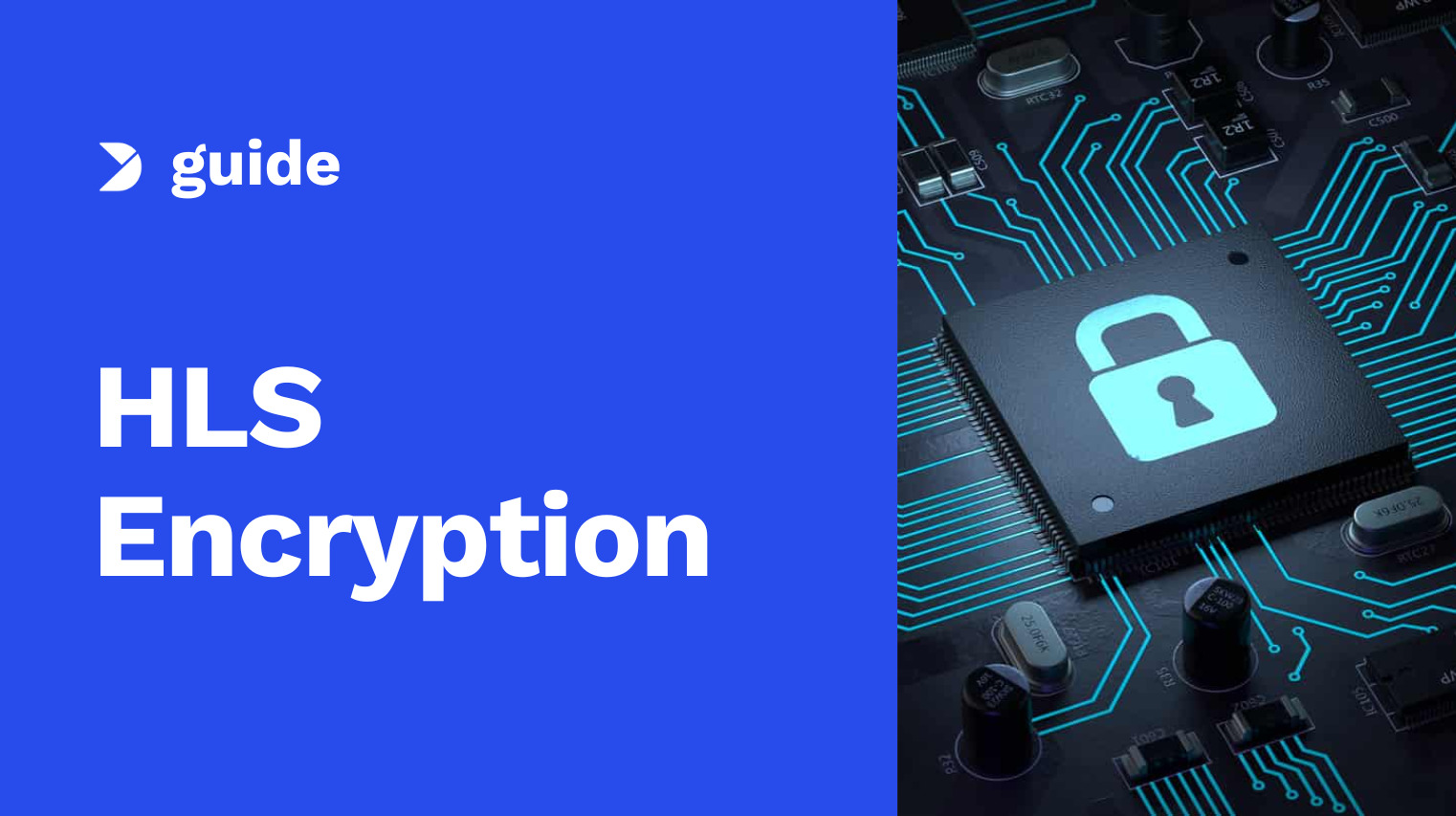In today’s digital landscape, video streaming has become an integral part of how content is consumed. From entertainment to education, streaming platforms deliver a wide range of video content to millions of users across the globe. However, with the rise in streaming, there’s also a growing need to protect this content from unauthorized access, piracy, and misuse. This is where technologies like HLS encryption and Multi-DRM come into play. These solutions are critical for ensuring the security of video content and safeguarding the interests of content creators and distributors.
Understanding HLS Encryption
HLS (HTTP Live Streaming) is a popular streaming protocol developed by Apple, which is widely used for delivering video content over the internet. HLS works by breaking down the video content into small, manageable segments that can be streamed seamlessly to users. However, to protect these video segments from unauthorized access, encryption is often employed.
HLS encryption involves the use of encryption algorithms to secure the video segments before they are delivered to the user’s device. This ensures that even if an unauthorized party intercepts the video stream, they cannot view the content without the appropriate decryption key. The encryption process typically involves the following steps:
Segment Encryption: The video content is divided into small segments, and each segment is encrypted using a secure encryption algorithm, such as AES-128. This makes the content unreadable without the decryption key.
Key Management: The encryption key is stored separately from the content and is delivered to the user through a secure method, often via HTTPS. The player then uses this key to decrypt the video segments and play the content.
Manifest File: An HLS manifest file (often called an M3U8 file) is used to inform the player of the location of the video segments and the corresponding encryption keys. This file also contains information about the different quality levels available for adaptive streaming.
HLS encryption is an effective way to protect video content from unauthorized access. However, it is only one piece of the puzzle. To achieve a higher level of security, especially for premium content, it is essential to implement a comprehensive digital rights management (DRM) solution.
The Role of Multi-DRM in Content Protection
Multi-DRM refers to the use of multiple DRM systems to protect digital content across different platforms and devices. DRM is a set of technologies that control how digital content can be used, ensuring that only authorized users can access and interact with the content.
There are several popular DRM systems available today, including Google Widevine, Microsoft PlayReady, and Apple’s FairPlay. Each of these DRM systems is designed to work with specific devices and platforms, making it necessary to implement a Multi-DRM strategy to reach a broader audience. Here’s how Multi-DRM works:
Content Packaging: When implementing Multi DRM, the video content is packaged with different DRM schemes, depending on the target platform or device. For example, a video might be packaged with Widevine DRM for Android devices, PlayReady for Windows, and FairPlay for iOS.
License Delivery: When a user attempts to play the content, the player requests a license from the DRM server. This license contains the decryption key needed to unlock the content. The DRM system ensures that the license is only issued to authorized users, and it can also impose restrictions on how the content can be used, such as limiting the number of devices or time periods for viewing.
Content Playback: Once the license is received, the player decrypts the content using the key and plays it for the user. The entire process is seamless, ensuring that legitimate users can access the content without any issues, while unauthorized users are blocked.
The Synergy Between HLS Encryption and Multi-DRM
While HLS encryption and Multi-DRM are powerful tools on their own, their true strength lies in their combined use. By encrypting video content with HLS and applying Multi-DRM, content providers can ensure that their content is secure at all stages of delivery and consumption.
Comprehensive Security: HLS encryption secures the content during transit, preventing unauthorized access. Multi-DRM further enhances security by controlling how the content can be accessed and used, even after it has been delivered to the user’s device.
Device Compatibility: Multi-DRM ensures that content can be securely delivered across a wide range of devices and platforms. By supporting multiple DRM systems, content providers can reach users on different devices without compromising security.
User Experience: While security is paramount, it’s also important to maintain a smooth user experience. The combination of HLS encryption and Multi-DRM allows for seamless content delivery and playback, ensuring that legitimate users can enjoy the content without unnecessary interruptions.
Conclusion
In the ever-evolving world of digital content, protecting video assets from piracy and unauthorized access is more important than ever. HLS encryption and Multi-DRM are essential technologies for achieving this goal. By implementing these solutions, content providers can safeguard their content, protect their revenue streams, and ensure a positive experience for their users.
As streaming continues to grow, the need for robust content protection will only increase. Staying ahead of the curve with HLS encryption and Multi-DRM will be crucial for any organization looking to thrive in the digital content landscape.

 Join Daily Trust WhatsApp Community For Quick Access To News and Happenings Around You.
Join Daily Trust WhatsApp Community For Quick Access To News and Happenings Around You.


